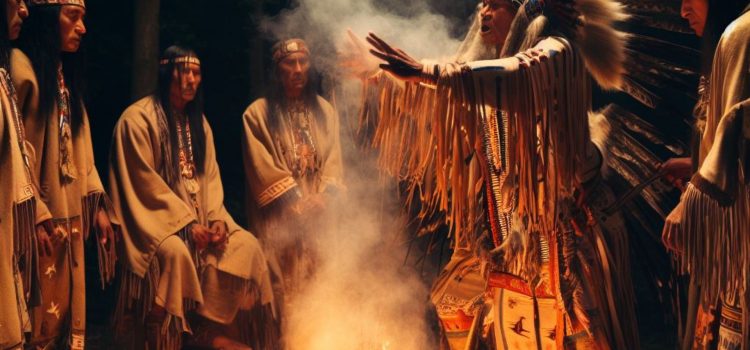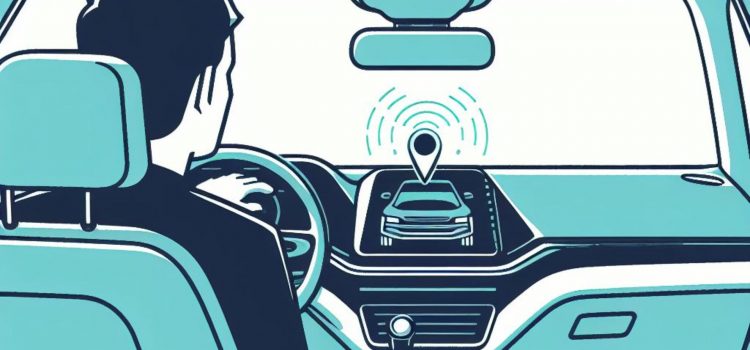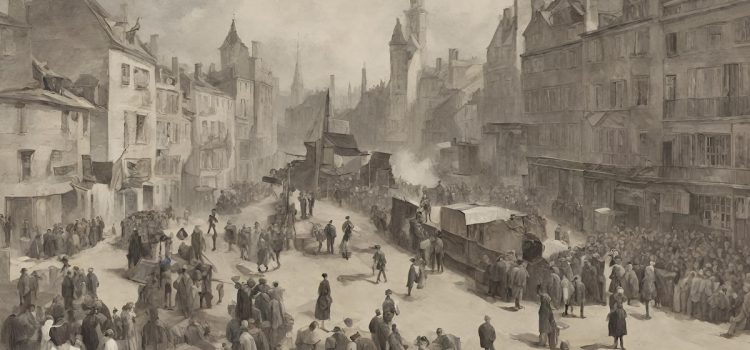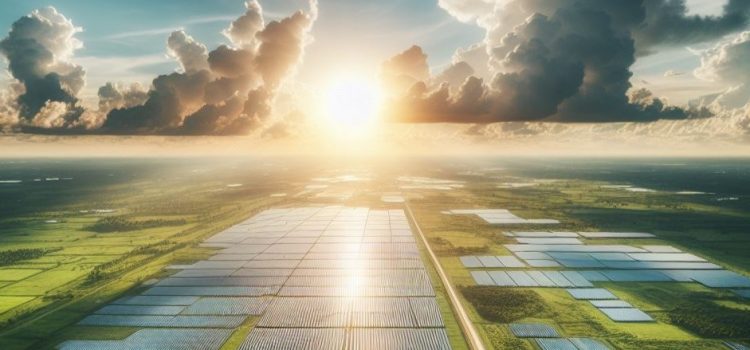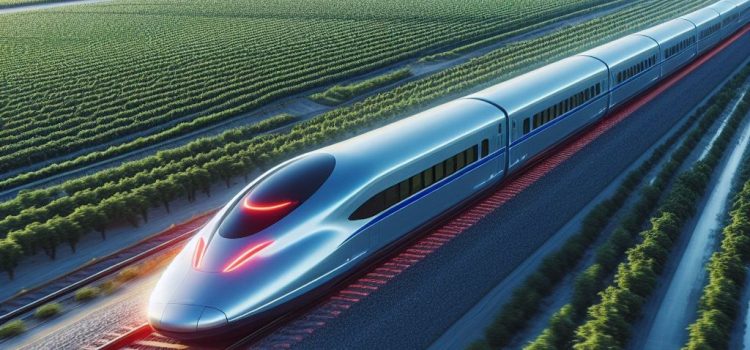What happens when you force an opinion on other people? Does everyone have to agree on the same thing in a group? Brené Brown says that the instinct to find like-minded people becomes counterproductive when everyone must agree on everything. This type of thinking leads to unnecessary policing and self-monitoring to make sure no one’s stepping out of alignment with the group. Continue reading to further learn why forcing opinions on others hurts friend groups.
Why Forcing Opinions on Others Only Destroys Friendships



